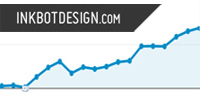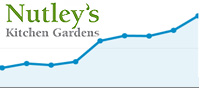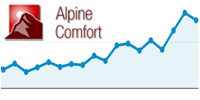5 Psychological Copywriting Tricks Known to Increase User Engagement and Sales
Contents
Well, because your website copy should be less about what appeals to you and more about what appeals to your target audience. That is, it needs to be clear, concise and full of value your readers can not only understand but use to build trust in your brand.
Ok, seems obvious despite the difficulty people find when writing copy for web pages – but did you know there are only 6 types of people you will ever need to write for? Yes, just 6! I will explain who they are and how you can write for each type below, but first a confession…
I love using copywriting formulas! Why? For two reasons.
First, the best formulas are simple, easy to remember, and rapidly mastered. Knowing them can enable you to create copy that’s twice as effective – in half the time.
Second, the reason they became formulas in the first place is that they really work. Not only to describe what you offer, but also to encourage your site visitors to achieve your goals.
In this article, you will learn…
- Which copywriting formulas can make you the most money
- How to spot and write clever copy that really sells stuff online
- What every single page on your website must tell its readers
- How to sound authoritative – regardless of your experience
Psychological copywriting – You’re already under the Influence!
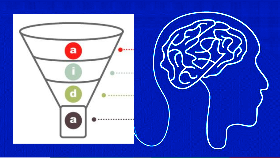 Cognitive biases, sales tricks, and good-old honest clear communication can be melded together in a way that not only impresses your visitors but also influences them into taking the actions you desire – whether that be to share your posts, make an enquiry or buy your products online.
Cognitive biases, sales tricks, and good-old honest clear communication can be melded together in a way that not only impresses your visitors but also influences them into taking the actions you desire – whether that be to share your posts, make an enquiry or buy your products online.
With these tips, you can become more of the expert you need when it comes to producing compelling copy.

Ok, so as a website owner, you don’t need to be the best writer in the world, but you do need to remember to keep your webpage or blog post’s main goals in mind. Let us get started with an old classic everyone who writes for the web is likely to know about…
1 – AIDA
– Helping your prospects through the sales funnel
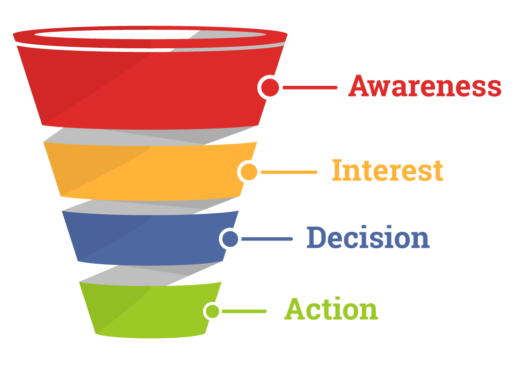 For a long time businesses have enlisted high-level advertising experts to help increase sales and profit from their existing and potential markets. One of the tried and tested tools used to help guide them through the sales funnel to solicit and enquiry or a purchase is to exploit the AIDA checklist.
For a long time businesses have enlisted high-level advertising experts to help increase sales and profit from their existing and potential markets. One of the tried and tested tools used to help guide them through the sales funnel to solicit and enquiry or a purchase is to exploit the AIDA checklist.
Put simply AIDA is a quick way to ensure you are giving your online readers the information they need to not only build trust and a want for your products but also to ensure they take the actions you want them to do:
-
Get their Attention
Be sure to make it obvious what you offer and make it sound exciting, clickable and believable
-
Keep them Interested
To keep them reading down the product description or page copy be sure to keep it interesting
-
Create Desire
Add lists of benefit points, explain how your product will improve their life or save them time and money
-
Call them to Action
Be explicit in describing what it is you actually want them to do – subscribe, share, get in touch or buy online!
Take a look at your product pages and your ads. Do they encourage people to click through or read on and take action? If not consider rewriting them with the above points in mind, Next steps are for you to consider the wording of not only your site’s homepage, but also the words and phrases used in your metadata – (the wording seen in the search engine results pages) and in your online and offline ads.
If your page copy or sales copy fails to include the AIDA elements listed above you might want to reconsider who you get to write your site. Remember, it is not your web designer’s job to come up with good sales pitches for you – So be sure to double check that your pages were written by not only a good communicator but one that understands the subtleties of marketing and sales psychology – and if its your own website, that usually means you!
2 – The 3 W’s
– Reinforcing site usability with copywriting
Because most of your website visitors come from a Google search results pages, most of them won’t actually land on your homepage. For this reason, every single page of your site should contain the below elements that help your visitors answer these questions quickly:
-
Where am I?
It’s not good enough to have a page called “about” and then go on to discuss who the staff are. You need to explicitly say that you are, say, a leading widget sales site with customers around the world.
-
What can I do here?
Is it obvious what visitors can and should do on every page of your website? If you don’t know what you want them to do on each page, you need to rewrite it as soon as you can.
-
Why should I do it?
Again, explaining not just what is on offer but the main benefits people will enjoy if they become a customer are essential pieces of information everyone needs in order to help them ‘understand’ what your page is trying to tell them. Are you the cheapest, the most reliable, the most experienced or the newest solution to their problem? You need to be more than just ‘a’ solution to their problem. So be sure to spell it out.
3 – The 4 C’s
– Effective copywriting that influences people
This is one of my favourite formulas because it reminds me to stay focused on the goals of the copy and the benefits to the reader. Keep the writing clear, keep it concise, find a compelling angle to write from, and write with credibility that what you’re promising can be trusted to happen.
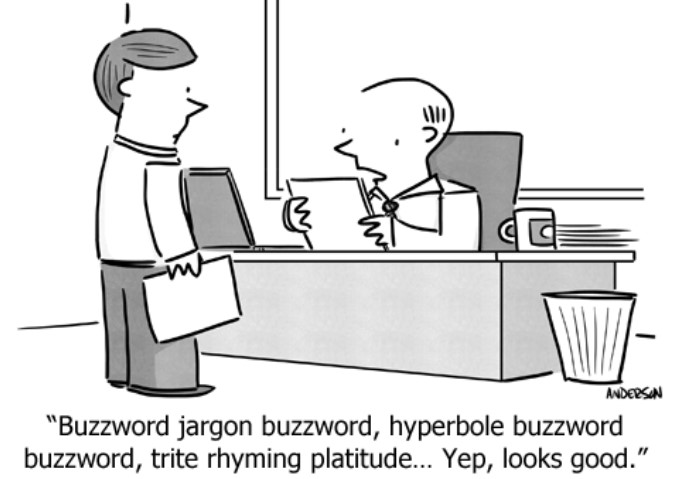
-
Clear
Clarity is vital for copywriting. Your users are active, busy people, and they don’t have the time to decipher vague or uninteresting messages. Make sure your messaging is direct and to the point. Netflix employs perfectly; based on users’ favourite shows, they deliver clear-as-day messaging: “House of Cards Season 2 is now on Netflix.” Bam! It’s simple, direct, action-inducing, and extremely effective.
-
Concise
Message length is another critical element to creating engaging push notification content. Here, you’re not only limited by the platform, but also by what users are willing to read. Android tends to allow messages between 40 and 60 characters, while iOS allows messages up to 120. Even so, you don’t have to max out the character limit. Be as concise as possible, without diluting or being vague. Your users skim read messages in a few seconds. If the writing is drawn out, you’ll lose them.
-
Compelling
Push notifications and captions or subheadings can be used to drive action. And the key to driving action is providing relevant information. How? Be creative. Give your user a reason to open the app or click through to the next page, and don’t be afraid to show your brand’s personality and voice in the process. Authenticity counts. Think about how you can appeal to key segments of your audience. Then, create messages that provide promotions, offers, or news that are true to your brand’s core and voice.
-
Credible
Readers are sceptical of online copy – usually because they think they’re being sold to. One (somewhat counterintuitive) way to counteract this is by publishing a greater volume of content. When users see the same messages over and over, you lose credibility. This is a broadcast message, delivered by a machine, they think. Vary the length, the content, and the way that you deliver the message—your users will notice the difference.
4 – The 3 E’s
– Building trust and communicating authority
Lots of website and business owners misunderstand the goals of marketing. They believe that boasting or exaggerating their brand’s abilities or the quality of their products is what marketing is all about. Wrong. Your job is really to help visitors get the information they are already looking for, only then will they build enough trust in order to go ahead and get in touch or buy something from your site.
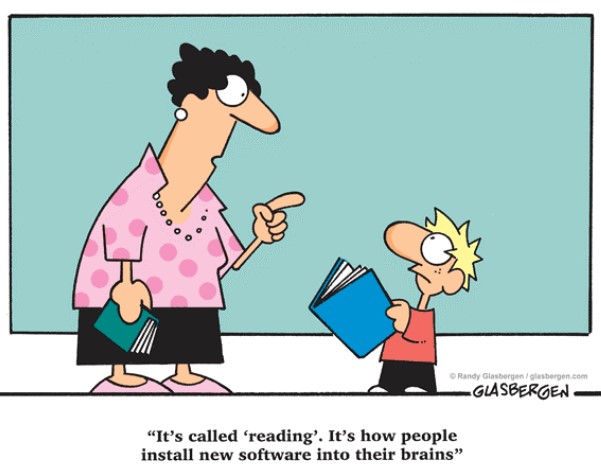
Remember I mentioned that even if you are the best you should allow your readers themselves to come to that conclusion – why? Well because telling someone you are the best in your field is not only usually a lie, but can be seen as bad taste even if its true.
Instead, a more subtle way to convince potential clients or customers that you are worth your salt is to provide them with facts and figures, evidence of your results and the number of happy customers you serve. With this in mind, a good way to help communicate your offering is to:
-
Educate
Inform your visitors about the insider information you, the expert, already know about. It may be that the cheapest widgets tend to fail pretty quickly, explain what the usual failings of similar products are and why your offering could save them money in the long-run.
-
Expertise
It can be difficult to put yourself in your customer’s shoes and guess what it is they most need to hear from you in order to build trust in your brand. Ask a friend to read your web copy and reword your page to answer any questions they come up with.
-
Engage
Gone are the days when websites needed to act as online brochures that provide a static experience for your visitors. Make sure your pages explain the offering and help them understand what the next step is. It may be to contact you to ask for a free sample or a review, explain this to them so they can engage with your brand and you can pick up the sales lead on the phone or via email.
5 – OATH
– Pushing them up the awareness ladder – and down the sales funnel
Above I promised to explain why there were only 6 types of people you need to communicate with using your website wording. And it is true because everybody in the world fits into one of the below 6 groups – categorised to how aware they are of your products or services, their existence and their benefits.
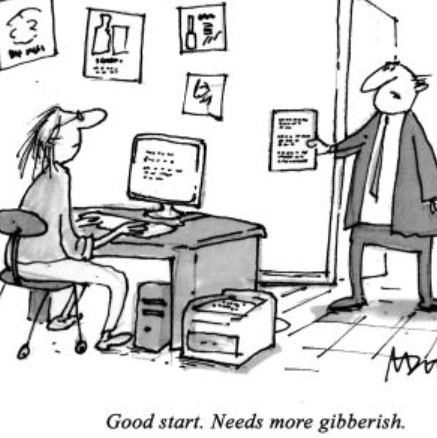
- No problem – people who are not aware that they have a problem. In my case, this is people who don’t realise that they could create a site, sell stuff online, pack in their job, grow a business and retire early. Those poor souls.
- Problem exists – these people already have a website or a business idea and they need to solve the problem of increasing more online traffic and sales.
- Solution exists – these people know that it is possible to increase website traffic and sales by hiring a good digital marketing agency to optimise their site.
- Your solution – these people know about my specific services such as SEO and PPC optimisation and that these are a potential solution to their need of more traffic and therefore, sales.
- Your benefits – these people are aware of my SEO and PPC services, they realise that I get great results which are backed up by money back guarantees.
- Convinced – these people are already convinced of the merits of my guaranteed results and are on the waiting list or have already hired me to help grow their businesses.
So what can your brand do about each of the groups listed above?
Simple, make sure you provide each group with the content and information they need in order to help them another step up the awareness ladder, and into the next group. That is all!
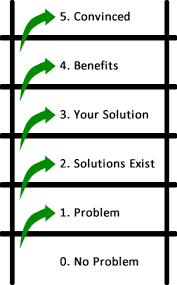
For example, for those who are unaware of the problem they face, publish blog posts about starting an online business and how it isn’t as scary as it first seems – and convey the benefits of being your own bosss.,
For those who have a site that needs more traffic, publish service pages and offer free reviews that help them understand there are a bunch of solutions to their problems.
For people who know about SEO and PPC I need to illustrate my digital marketing results, to explain the specific benefits of our particular services.
And for the people that already know that our services are a solution to their needs, including those who are already existing customers, I can use web page copy to encourage them to sign up to other packages, so they can enjoy more business growth from our solutions.
Simple enough right? Well, it gets better, not only can you target each group of people with messages that relate to their awareness with website content, but it is also possible to target those same groups with newsletter mailouts, pay per click advertising, social media campaigns and a whole lot more.
And how do you make sure you do a good job of pushing them up the ladder to the next step?
The answer is the OATH copywriting strategy.
Simply put, those site visitors are either Oblivious, Apathetic, Thinking or Hurting. And each one maps nicely to the different groups of potential customers you see climbing up your awareness ladder:
-
Oblivious
Those who don’t know they are not taking an opportunity others are benefiting from, you know, people who think working in a job they don’t like is the only way to pay the bills.
-
Apathetic
Those people who need to be given a kick up the butt in order to go out and make a bit of effort trying to achieve their goals, or fully reach their potential.
-
Thinking
Those guys who know that they are missing out and spend time researching how to get out of the rut they are in. Or those who just need a bit of inspiration and information to move to the next step.
-
Hurting
Those who are suffering from choosing a bad solution the first time around, or who don’t seem to be getting the results they desire. They need to know why their way doesn’t really work too well, and why your way, or using your product, does.
This formula can help guide you with writing ads and web page copy really well, because it helps you focus on the reader and his or her particular needs. It’s no good telling people about SEO if they already know that they need higher Google rankings. What these people need to know is HOW to achieve better rankings. These subtle differences are super-important if you are intent on giving each section of your potential customers the information they most need to know in order to move up the ladder towards a sale – or even just getting in touch to find out how your services or products can help them.
Next time you visualise different types of visitors to your site, or potential customers who get in touch, ask yourself if you know what stage are they at. The spectrum runs from the completely unaware (“oblivious”) to those in desperate need of a solution (“hurting”). Knowing where each group of your potential customers stands and what information they most need to know is a great way to help you frame your writing.
Summing it up…
Next time you bounce from a web page back to the search results, consider why you are leaving. Time and time again visitors lose momentum when visiting web pages that neglect to explain just why this or that solution would help them save more time or money.
Worse is that they know what you offer and that it ‘could’ be just what they need, but they have not built up enough trust with your brand and are unsure what to do next to be convinced to engage with your business. It is this lack of trust and authority that often needs to be worked on. Make your pages and ads interesting, honest and spell out not only the features of your products but also the benefits they will see when they become a customer.
Oh, and be sure to run through each of the above lists next time you review your website’s homepage, as that is the place most people abandon your brand due to their conclusion that you have nothing to offer them – even though your products and services may be just what they are looking for.
Drop me a line if you have discovered any other copywriting formulas that help you write compelling sales copy and be sure to share this post if it has helped you reword any of your web pages.


